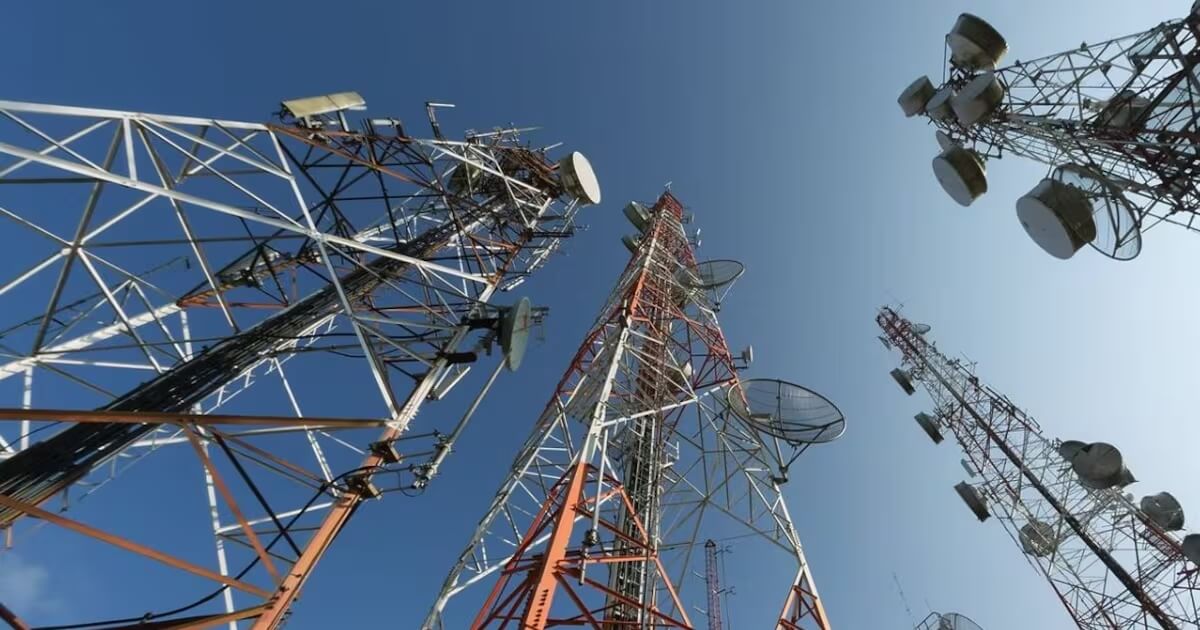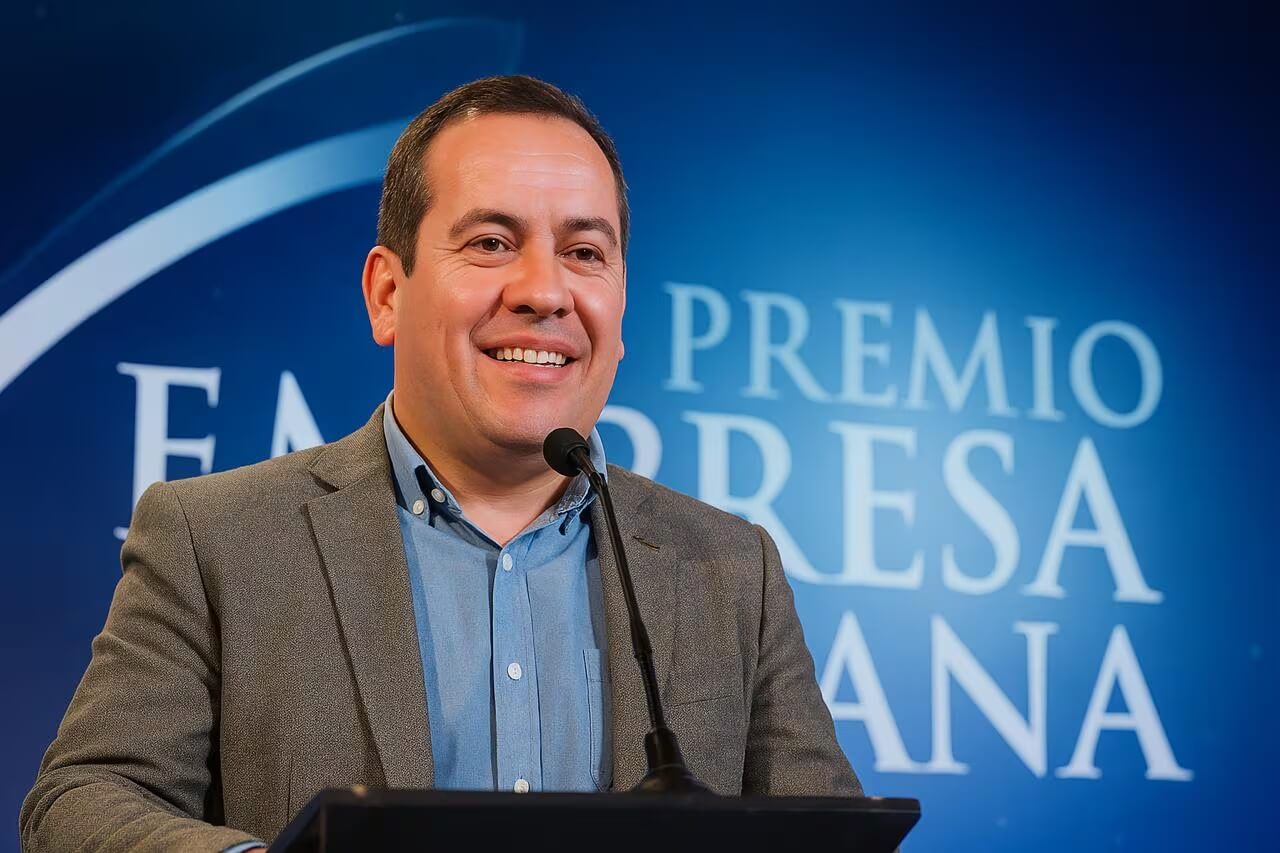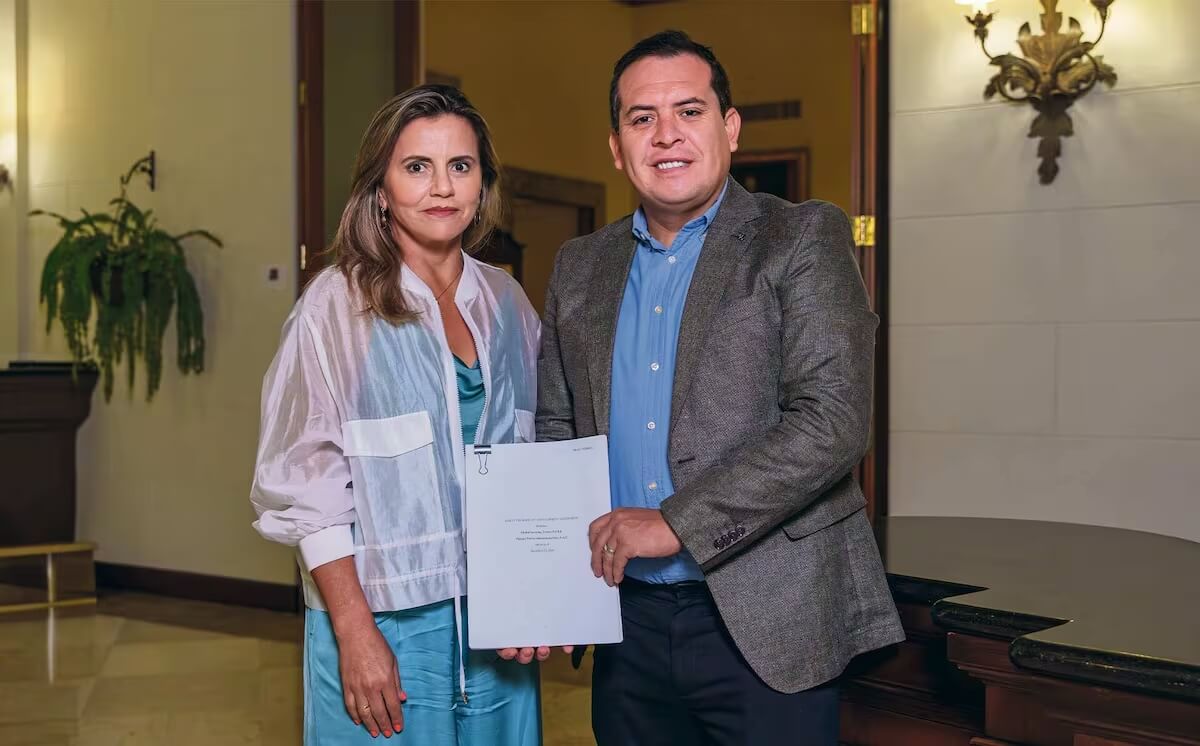Telecommunications: GIT's route to infrastructure deployment
Otras Noticias
Galeria
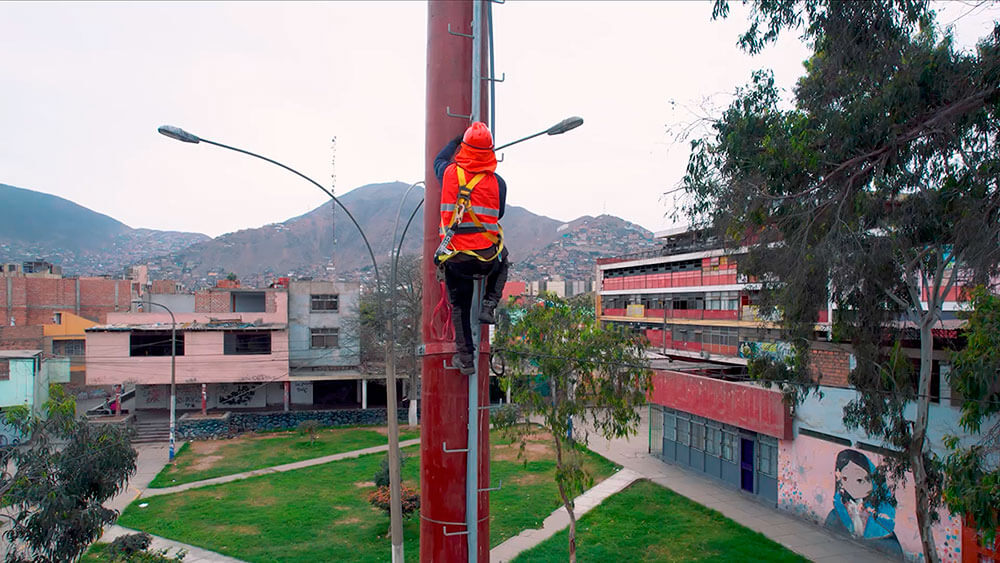
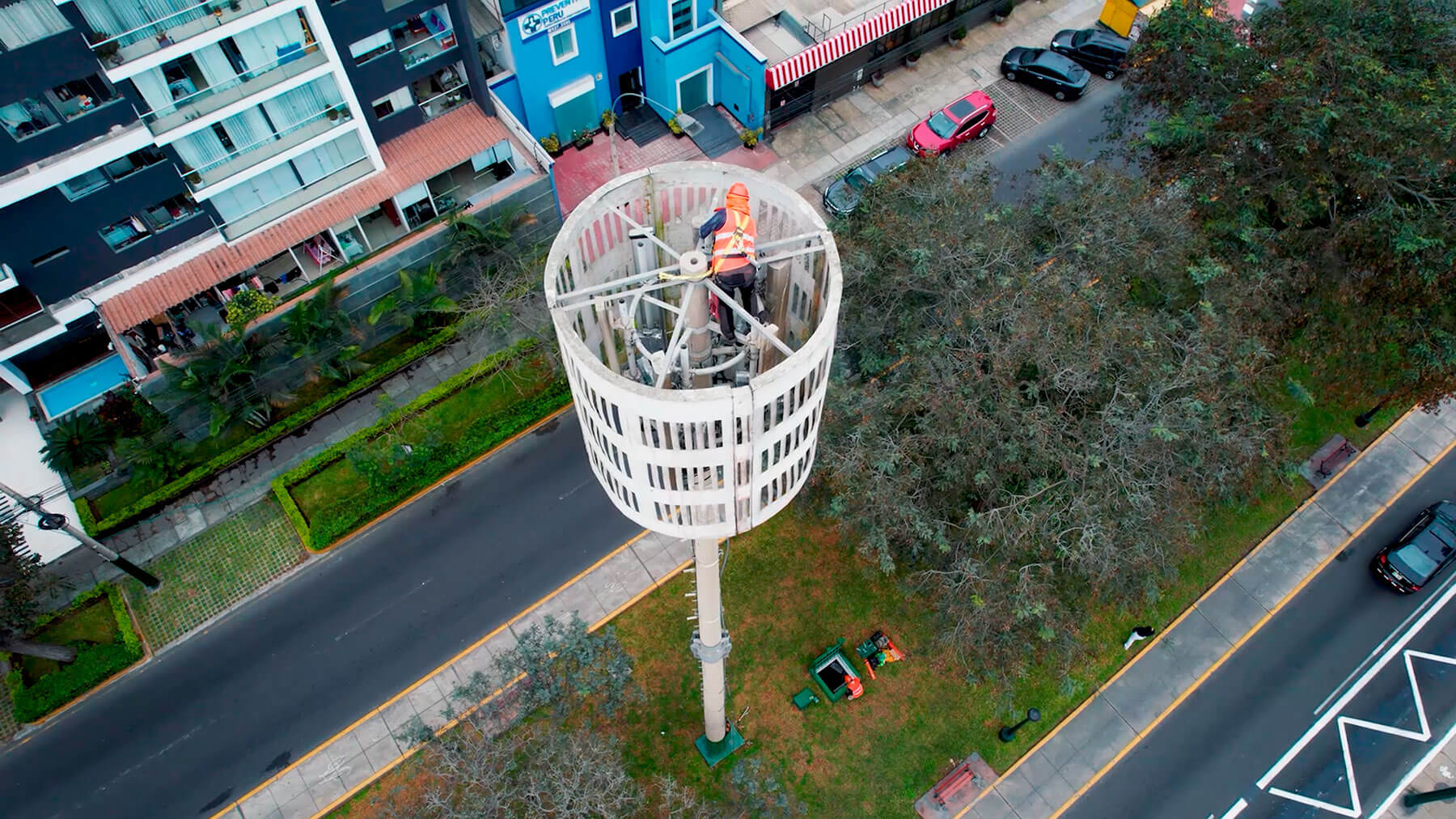
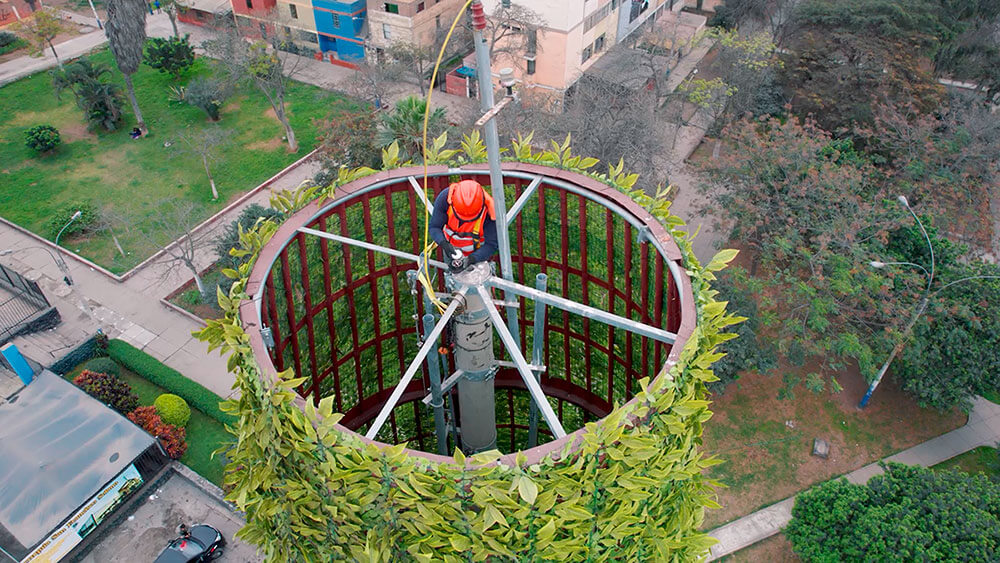

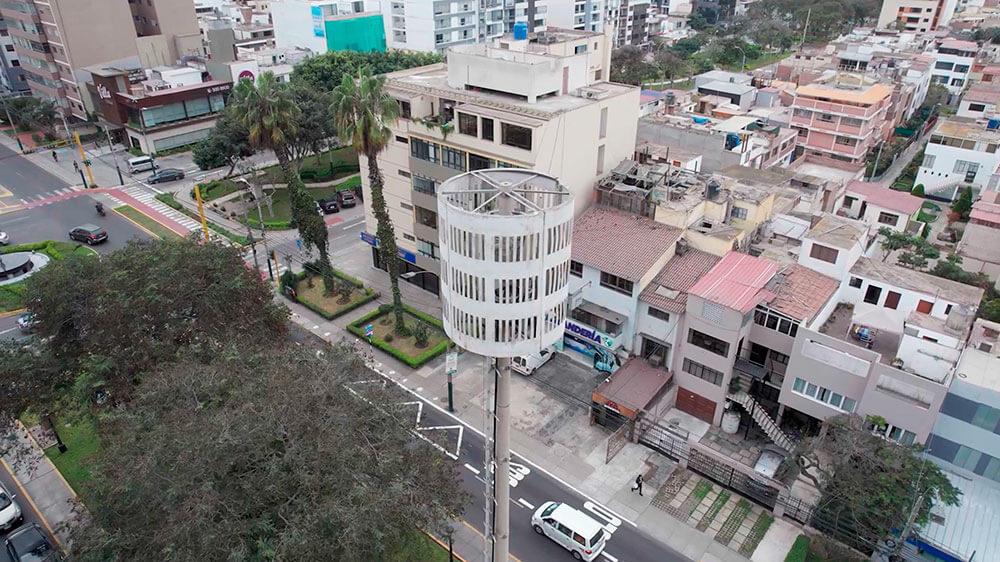
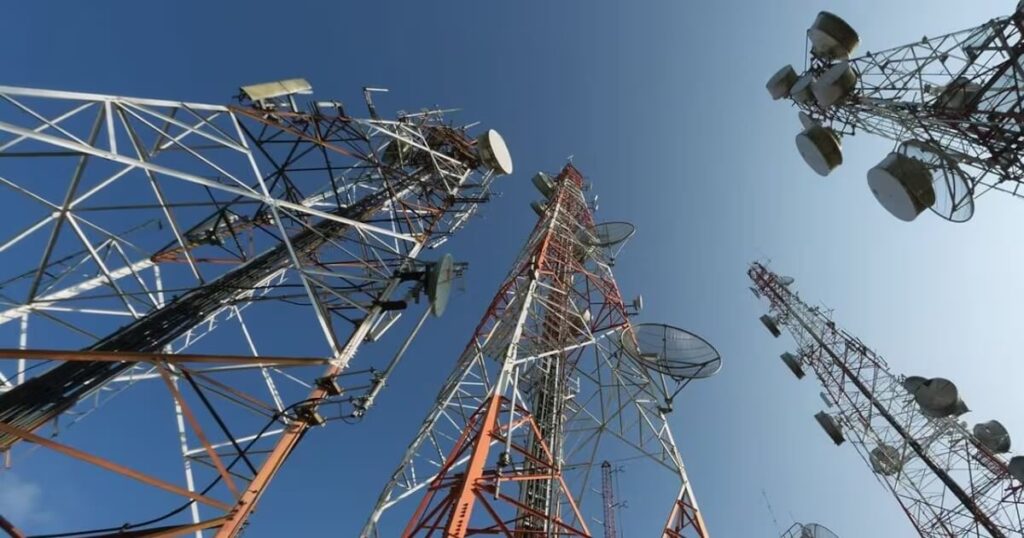
Telecommunications: GIT's route to infrastructure deployment
Global Investing Towers (GIT), Peruvian company specialized in infrastructure development, such as telecommunications towers, aims to exceed S/. 50 million in revenue. How will it achieve this projection? Its plans include internationalization and an investment strategy. To learn more about its medium-term goals, Gestión spoke with its general manager, Frank del Pino.
“2024 was a good year for us, as we consolidated a managed portfolio and infrastructure of nearly 7,000 towers nationwide,” said the firm's executive, which was one of the winners of the “Peruvian Company of the Year 2024” award.
What are GIT's plans for 2025 in such a competitive market?
For 2025, we don't expect exponential growth in our managed portfolio. We will focus on commercialization, seeking to locate these 7,000 towers with various national operators. This will allow us to consolidate our growth in terms of revenue and sales. Our projections for 2025 include growth in both the construction of new infrastructure and our managed portfolio.
How much is the planned investment in the towers you plan to install?
By 2025, we have an initial allocation of 165 towers to be built by the end of the first quarter. Each tower will represent an investment of approximately US$100,000. This is a conservative projection, with a total estimated investment of US$24.2 million for infrastructure development.
Added to this is the investment in maintenance of the existing infrastructure and the installation of additional equipment, bringing the total to about US$25 million for the year. This investment will generate a return on cash flow in the short term. We need to discuss the business model with our partners in the United States for the placement and sale of what we've already built, and be able to provide greater cash flow to the company.
What support services for telecommunications companies do you expect to incorporate this year?
Since we currently manage a portfolio of 7,000 towers, we are working with our partners, who are the owners of these infrastructures, to take charge of the total administration and maintenance of the same. We are developing two business models that will strengthen the continuity of our operations. Although our primary focus is selling locations, with our field staff and the necessary operational capacity, we can also offer medium- and long-term facility maintenance and upkeep services. These services will include 5- to 10-year maintenance contracts for existing infrastructure.
Which areas of the country do you plan to reach to increase coverage or expand the density of telecommunications towers?
At the moment, GIT has a nationwide presence, with a special focus on disadvantaged regions such as Huancavelica, Puno, Moquegua, and Amazonas, where coverage was suboptimal. Despite our foray into these areas, there is still a deficit in infrastructure construction and coverage. Therefore, This year, we will focus on continuing to develop and build infrastructure in the regions that need it most, always aligned with the needs of operators.
It wouldn't make sense to develop infrastructure in areas where operators aren't interested. To achieve this, we need to work hand in hand with the Ministry of Transport and Communications (MTC), as well as with private operators, who, based on their studies and business models, identify the most viable areas for communications development.
How much do you expect to bill this year compared to 2024?
Do you have plans for internationalization?
How is your entry into the Caribbean progressing?
How do you address the challenge of satellite communications, and how does your service complement this technology?
The telecommunications sector is vast and constantly evolving. While satellite communications has emerged as a new business model, It does not represent direct competition, but rather a complement to current market needs.According to MTC estimates, Peru still has a deficit of approximately 25,000 telecommunications towers by the end of 2024.
Satellite communications are key to connecting remote, rural, and hard-to-reach areas, but the infrastructure gap remains significant. There is still much to be developed in terms of towers, telecommunications networks, and fiber optics. In this sense, the sector continues to evolve and adapt to the country's needs, opening up multiple opportunities to continue expanding our infrastructure without satellite technology representing an obstacle to our growth.

